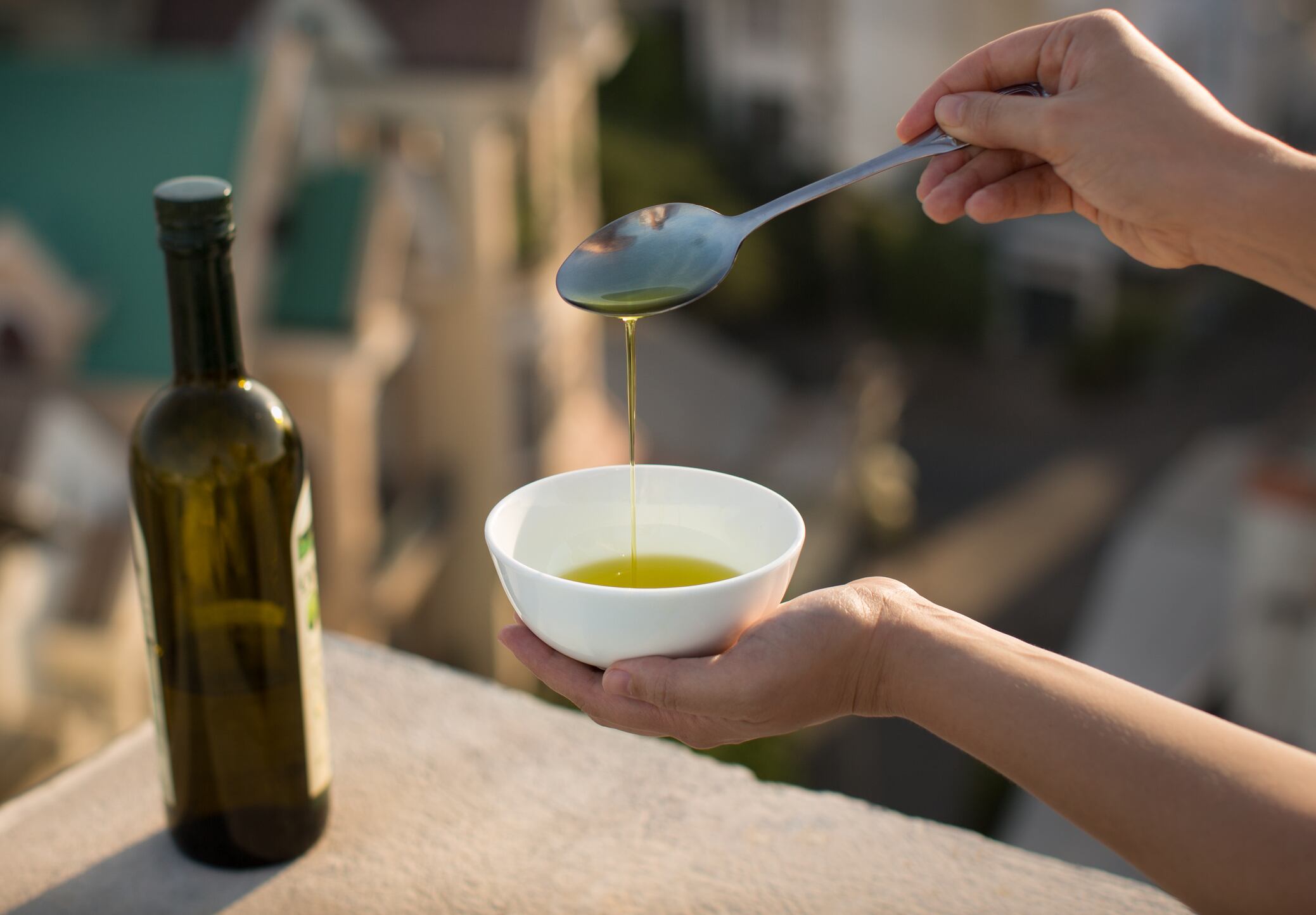Between 2002 and 2012, volume growth of olive oil was nearly 6% per year, but that has slowed significantly to only about 0.5% year-over-year for the last four years.
Much of this slowdown can be traced back to media coverage of a 2010-11 study by scientists at UC Davis. That study has been widely criticized and the findings disagree with subsequent analyses by the US Food and Drug Administration and by researchers at UC Davis Olive Center.
“I do not believe it is a coincidence that olive oil consumption has flat-lined since the UC Davis reports were published [in 2010-11],” Profaci told FoodNavigator-USA. “Non-olive oil consumers, who have been continually bombarded by claims of fraud that are completely overblown and unsupported by sound evidence, are reluctant to enter the category.
“Consumers should be confident in the vast majority of olive oil being sold at retail,” he added.
Standards and the Quality Seal Program
Consumers are particularly interested in information about olive oil quality and the organization’s Quality Seal program, said Profaci, because it is the most popular content on its website, accounting for about 60% of the traffic. “That’s a clear indication of not only how important it is for us to have rigorous standards but also to continue to improve them,” he said.
The organization, which represents about 85% of all branded olive oil sold in the U.S., recently announced steps to strengthen the standards required for labeling, testing and participating in the organization’s Quality Seal Program.

The new labeling requirements include requiring best-by dates; ensuring transparency on country of origin; ensuring transparency on blends of olive oil with other edible oils; and clearer storage and usage recommendations.
“Overall, the NAOOA’s Quality Seal Program is the most robust and consumer-friendly in the industry, and we’ve been intentional in our efforts to bring those high standards to the marketplace,” said Profaci. “It’s important to note that we’re the only organization collecting samples off-the-shelf at the point of retail sale – in other words, participants can’t choose their samples – and we’re the only organization performing the full slate of International Olive Council (IOC) tests for authenticity.”
Profaci added that the organization’s standards and its Quality Seal Program combine to provide a, “very strong effort to ensure consumers are getting a high-quality olive oil they can trust every time. We remain absolutely committed to making reliable quality our number one priority”.
NAOOA members have agreed that the new standards will go into effect immediately, and their products will be in compliance no later than Jan. 1, 2019.
Organic and olive oil as an ingredient
The new labeling requirements also include further protections for organic products, a segment of the category that is “growing robustly”, said Profaci. “Currently, dollar sales of organic olive oil have an 11.7% share of the olive oil market. Over the past four years, the organic category has grown almost 40% per year, compared to dollar sales growth for the entire category of only 3% per year.”
Another area of growth is in the use of olive oil as an ingredient. NAOOA doesn’t track this data, but they can extrapolate from member data, which suggests that approximately 15% of olive oil imports are sold as ingredients.
“Don Griego of AMD Oil Sales, LLC, which specializes in ingredient sales and is one of the nation’s leading importers of bulk olive oil, confirms that it’s a growing part of his business,” said Profaci.
Quality studies
NAOOA robustly monitors the quality of products in the marketplace, and has sampled an average of 200 olive oils per year over the past 20 years and tested them in independent labs certified by the International Olive Council (IOC), explained Profaci. (The IOC was chartered by the United Nations in 1959 to oversee the production and quality of olive oil around the world). “The cumulative results of the NAOOA’s testing support the finding that 98 % of olive oil sold in U.S. retail outlets is authentic,” he said.
These data square with the findings from an FDA study, published in the Journal of the American Oil Chemists' Society in 2015, which sampled 88 products labeled extra virgin olive oil purchased from Washington, D.C.-area retail stores, and found no confirmed adulteration was found in any of the samples tested.
In addition, a more recent report from UC Davis, submitted to the Olive Oil Commission of California in July 2017, concluded: “The 39 olive oil samples from OOCC members and store brands passed California Extra Virgin standards at 90% and 88%, respectively, even with California standards being stricter than international standards. The results suggest that the OOCC and its assessed growers and handlers are advancing a reputable level of Extra Virgin quality.”
Profaci noted: “With olive oil’s many scientifically proven benefits, it’s critical to encourage more people to use it – not to intimidate them by thinking they can’t afford it or they’re not going to get the real deal.
“In the end, that’s why we continue working to strengthen our standards and educate consumers – so they can enjoy the benefits of this healthy and delicious product with total confidence.”

